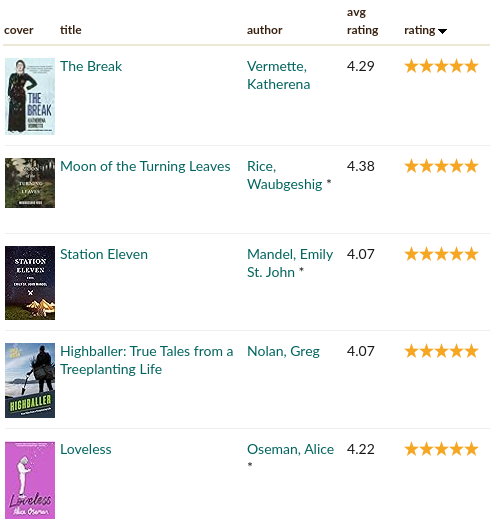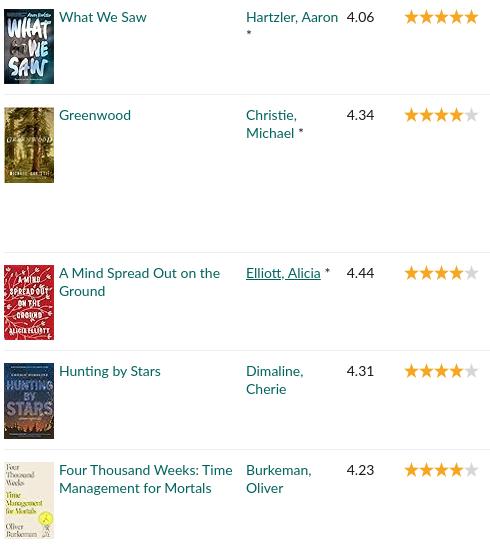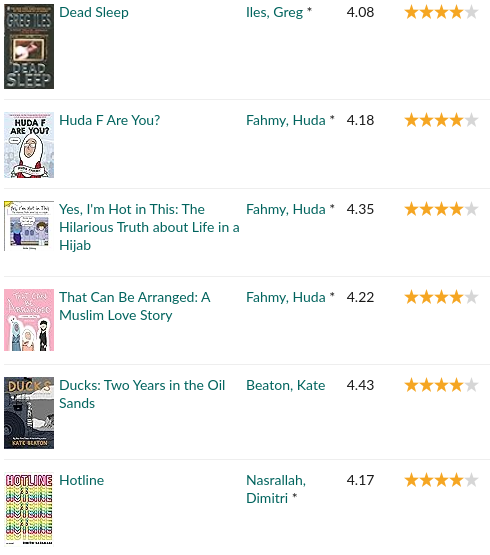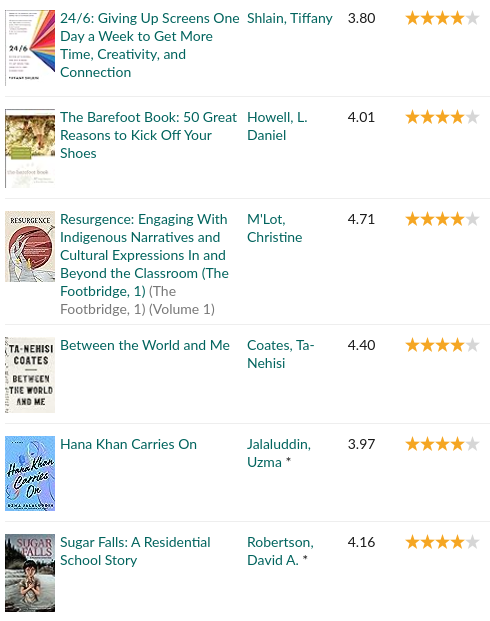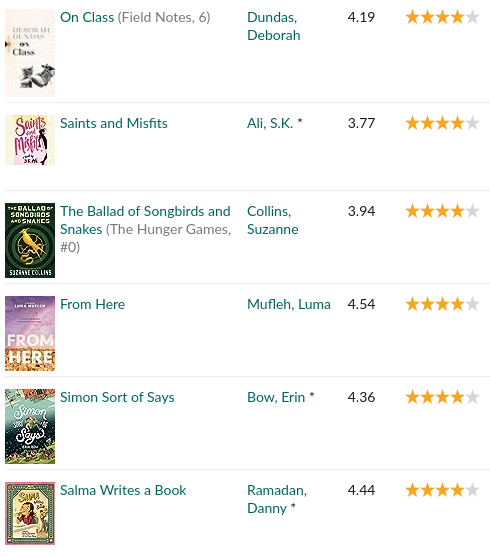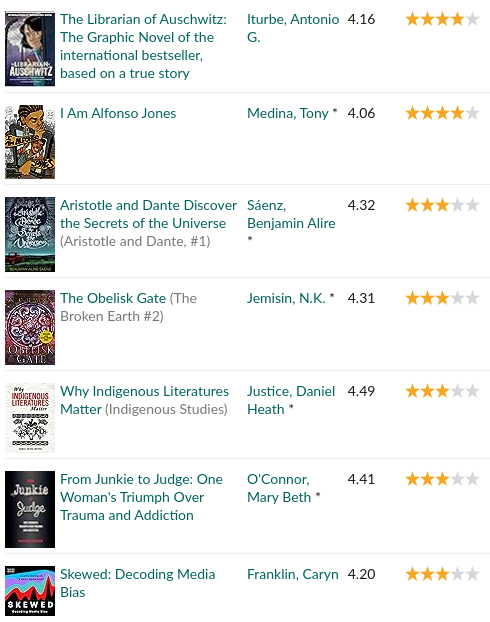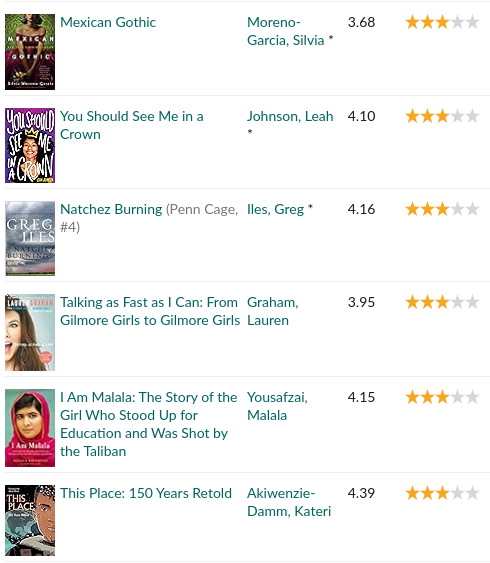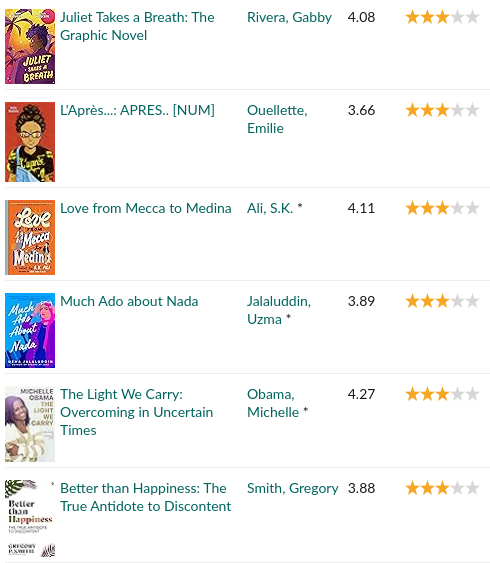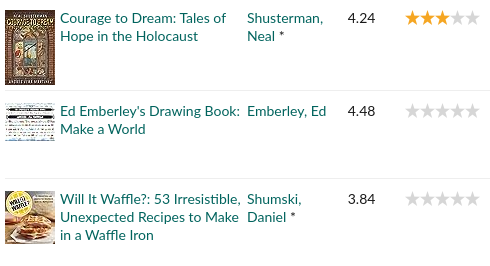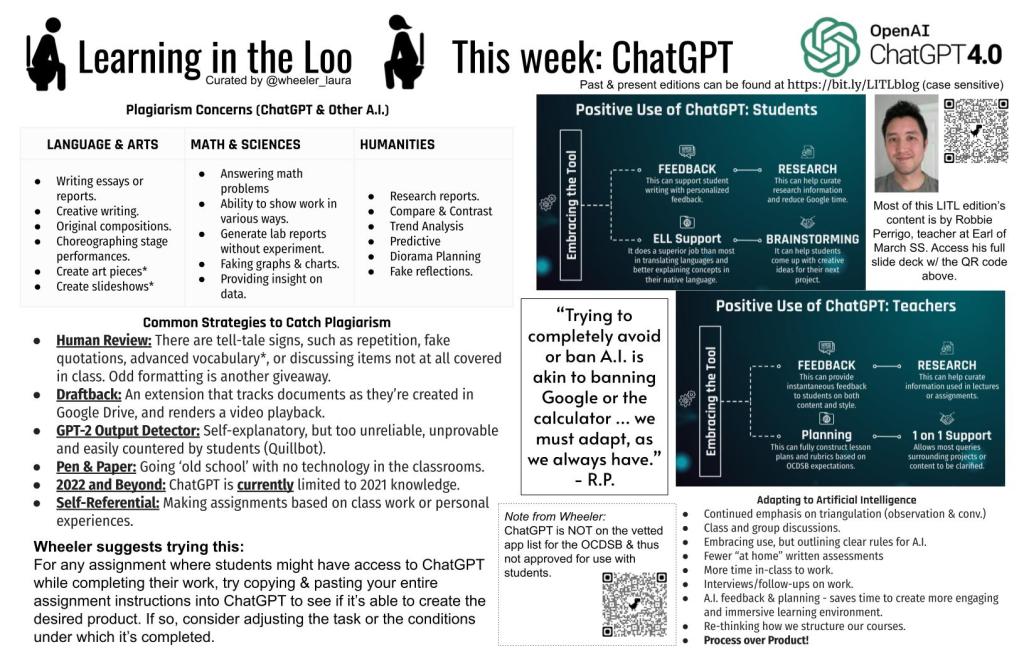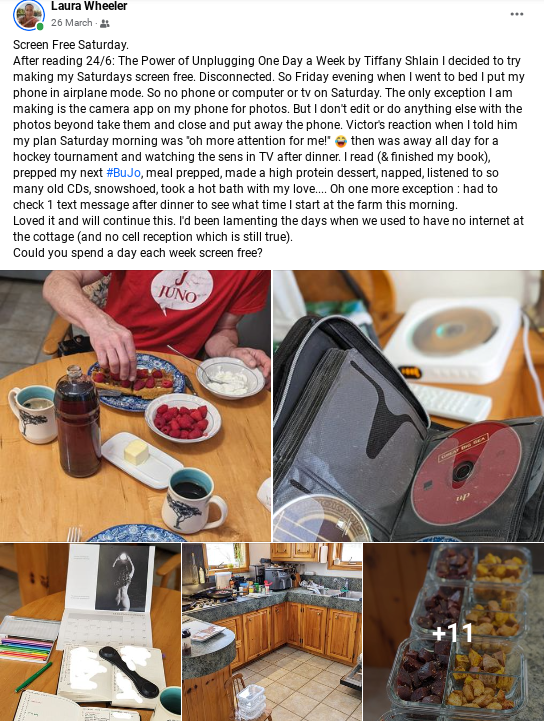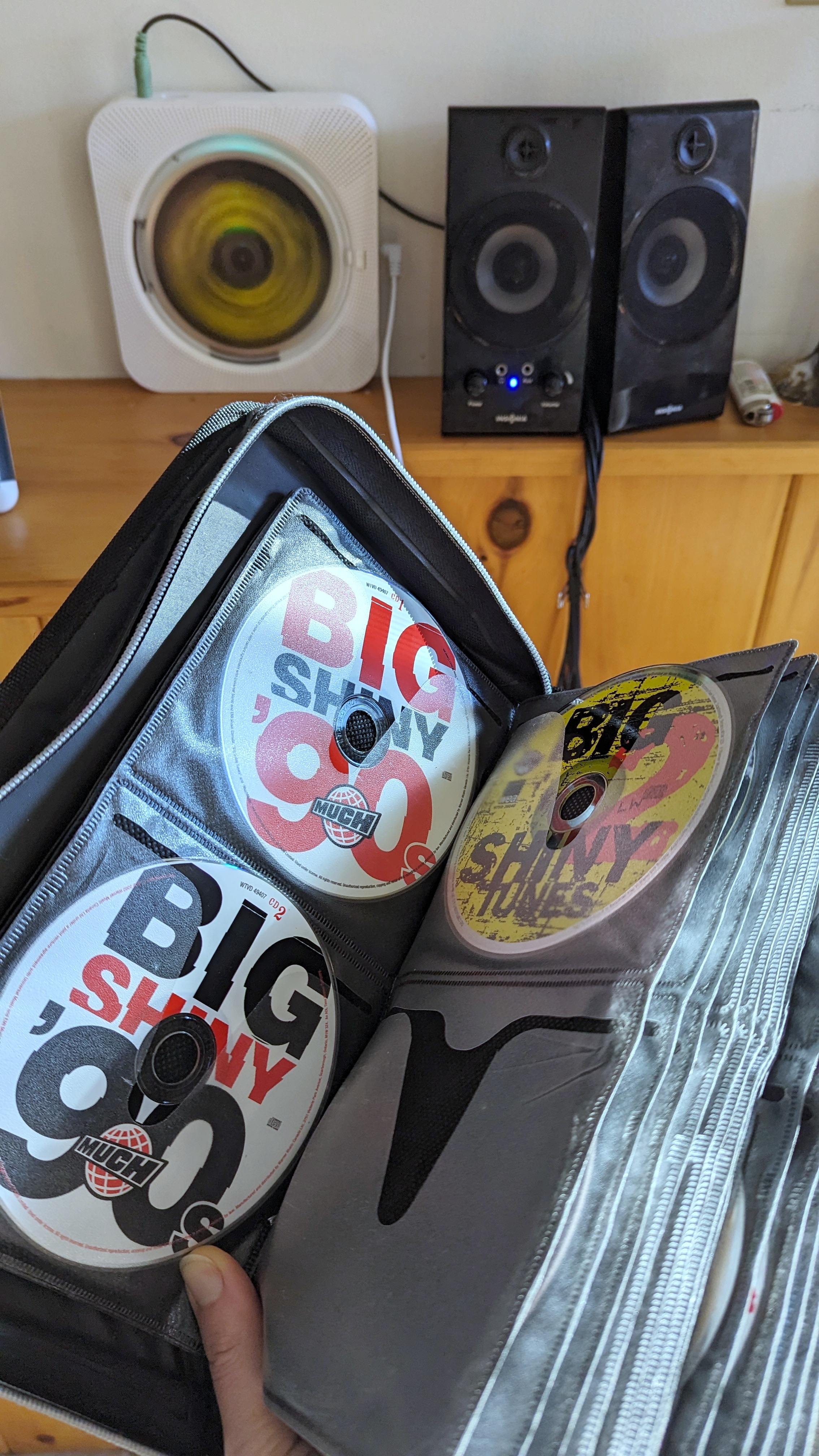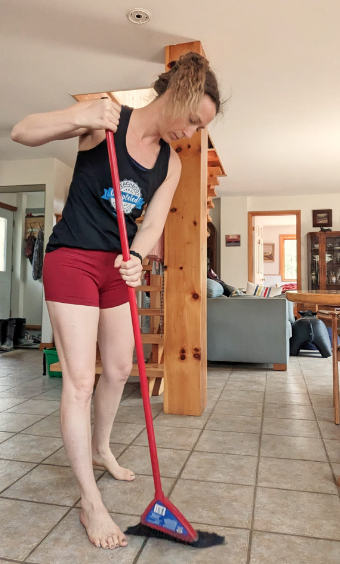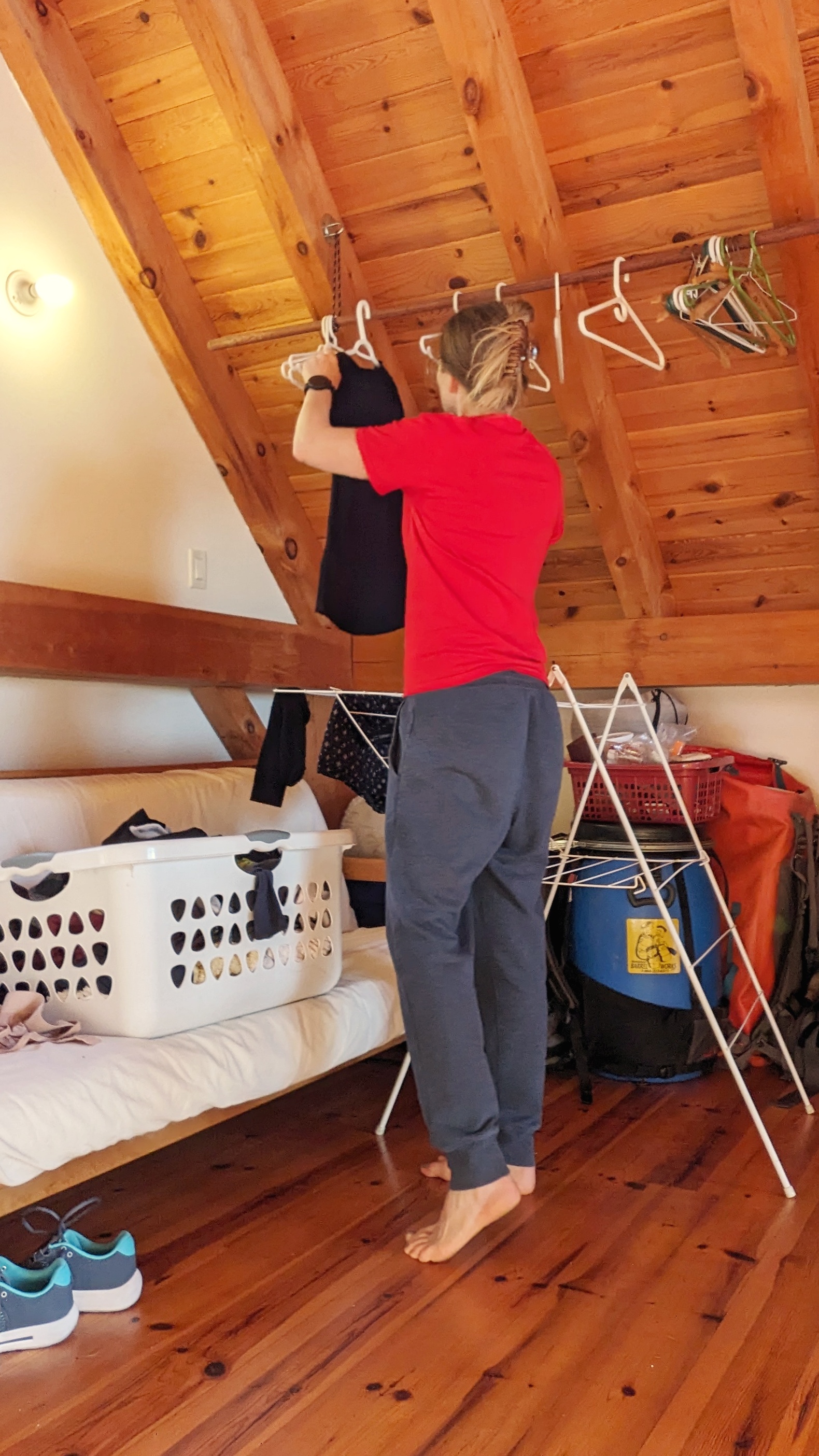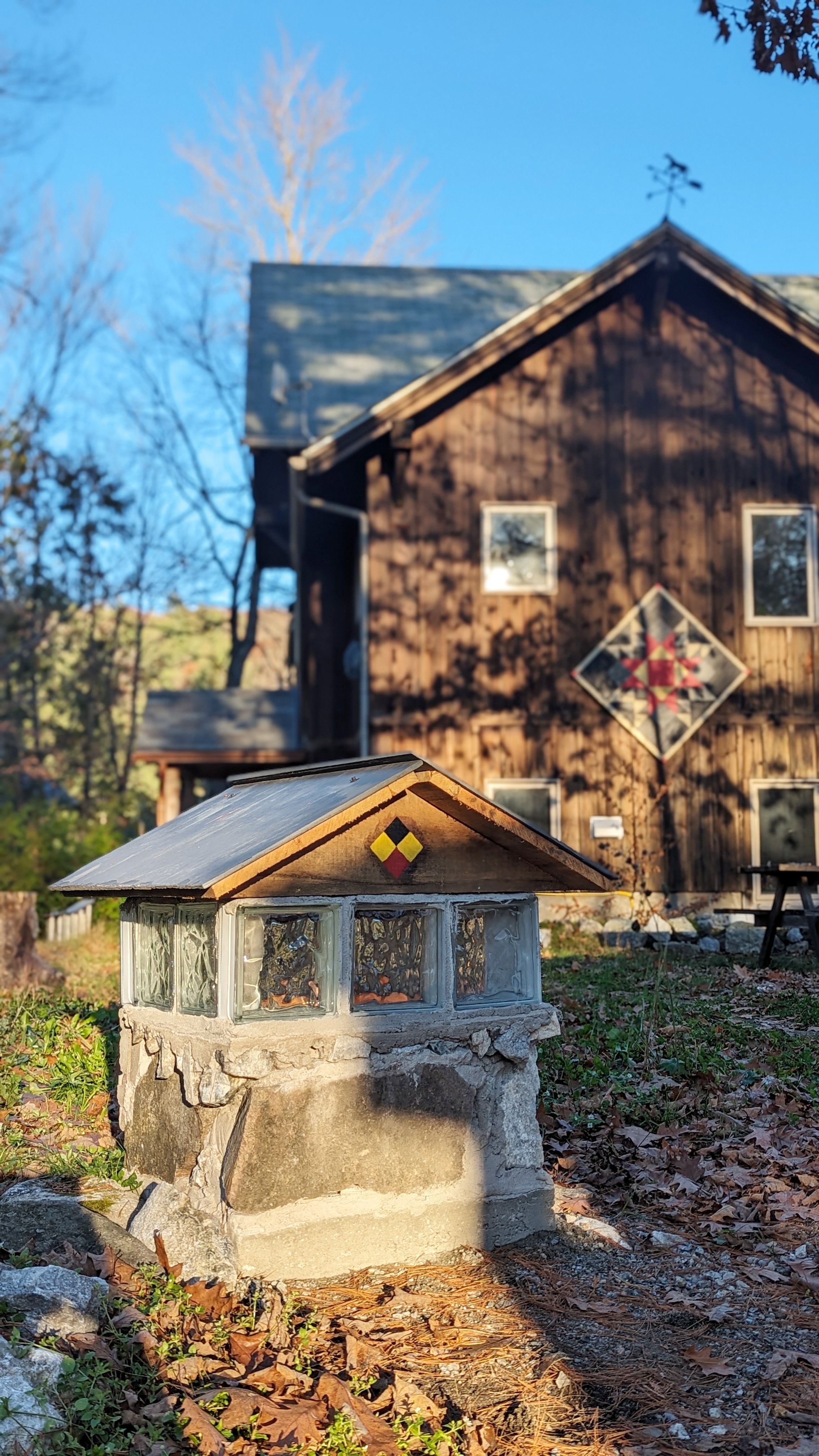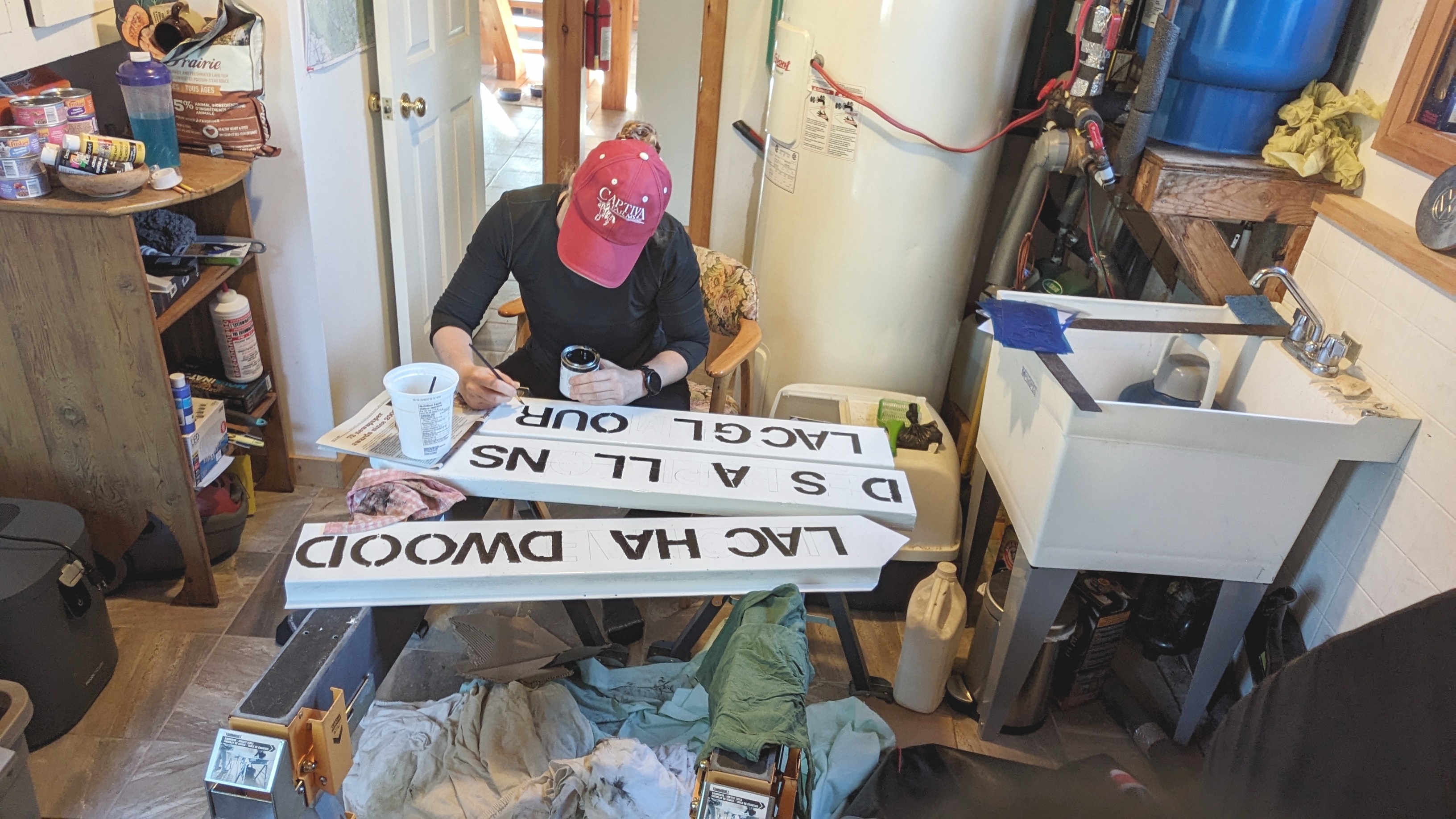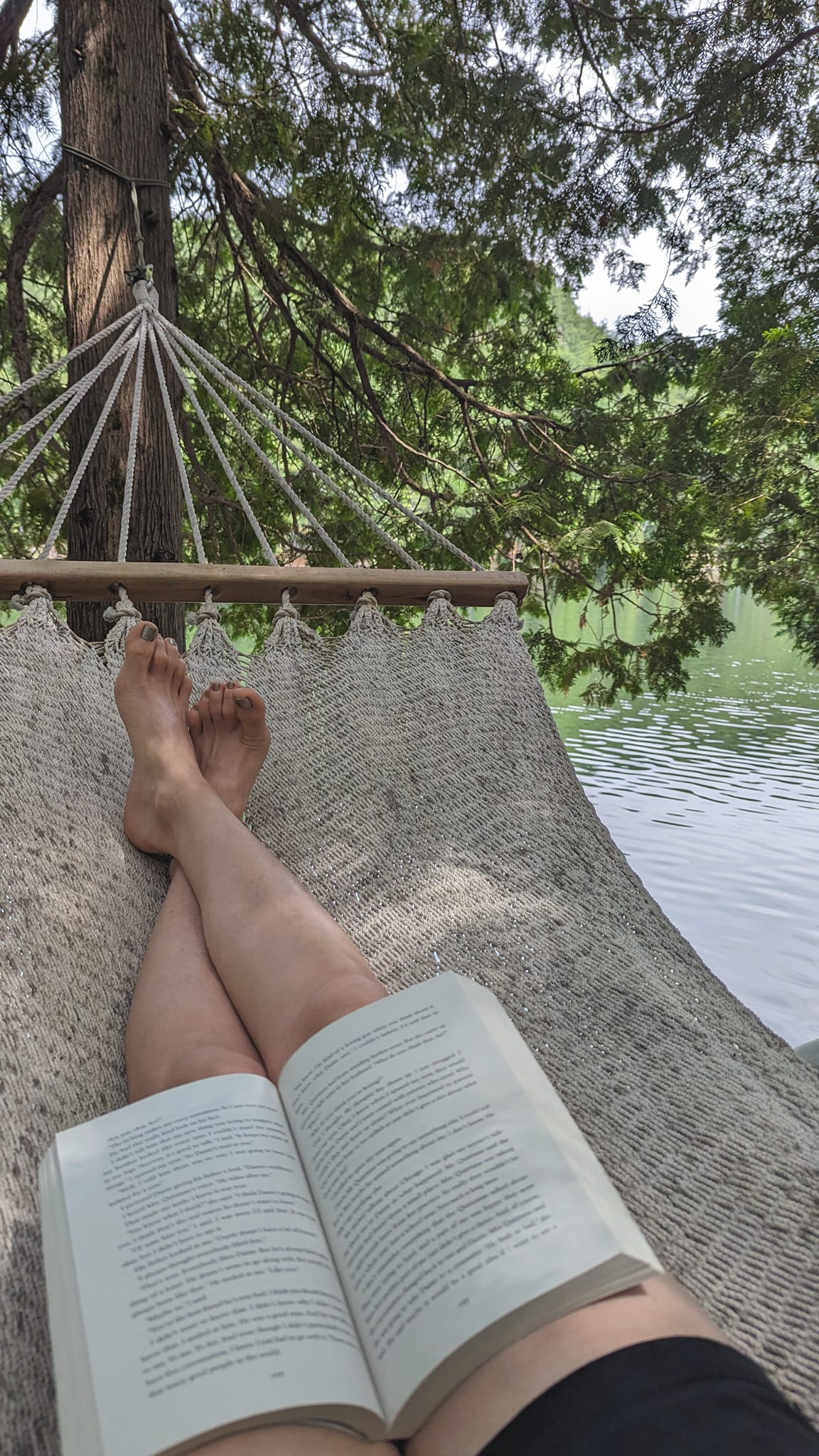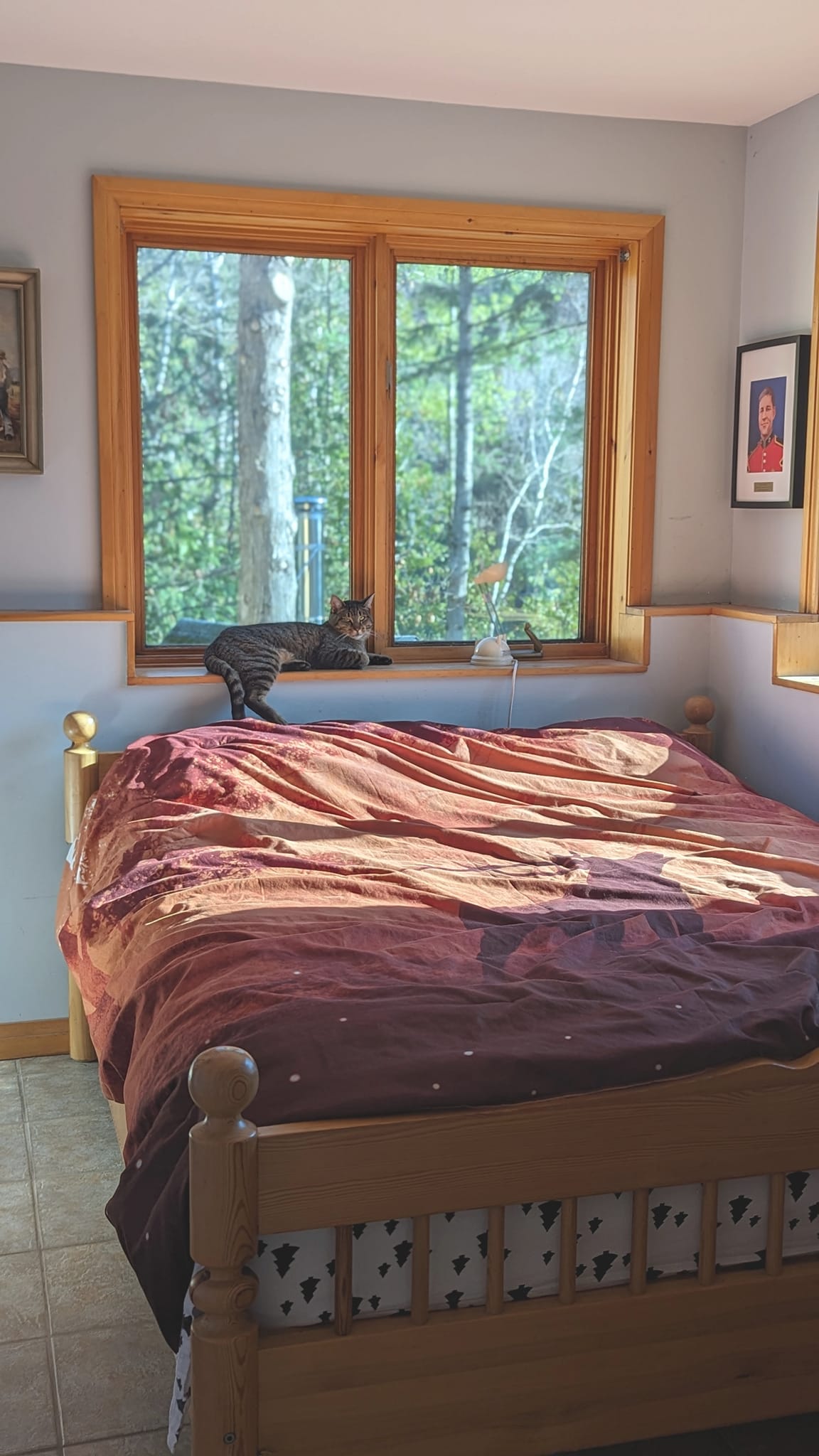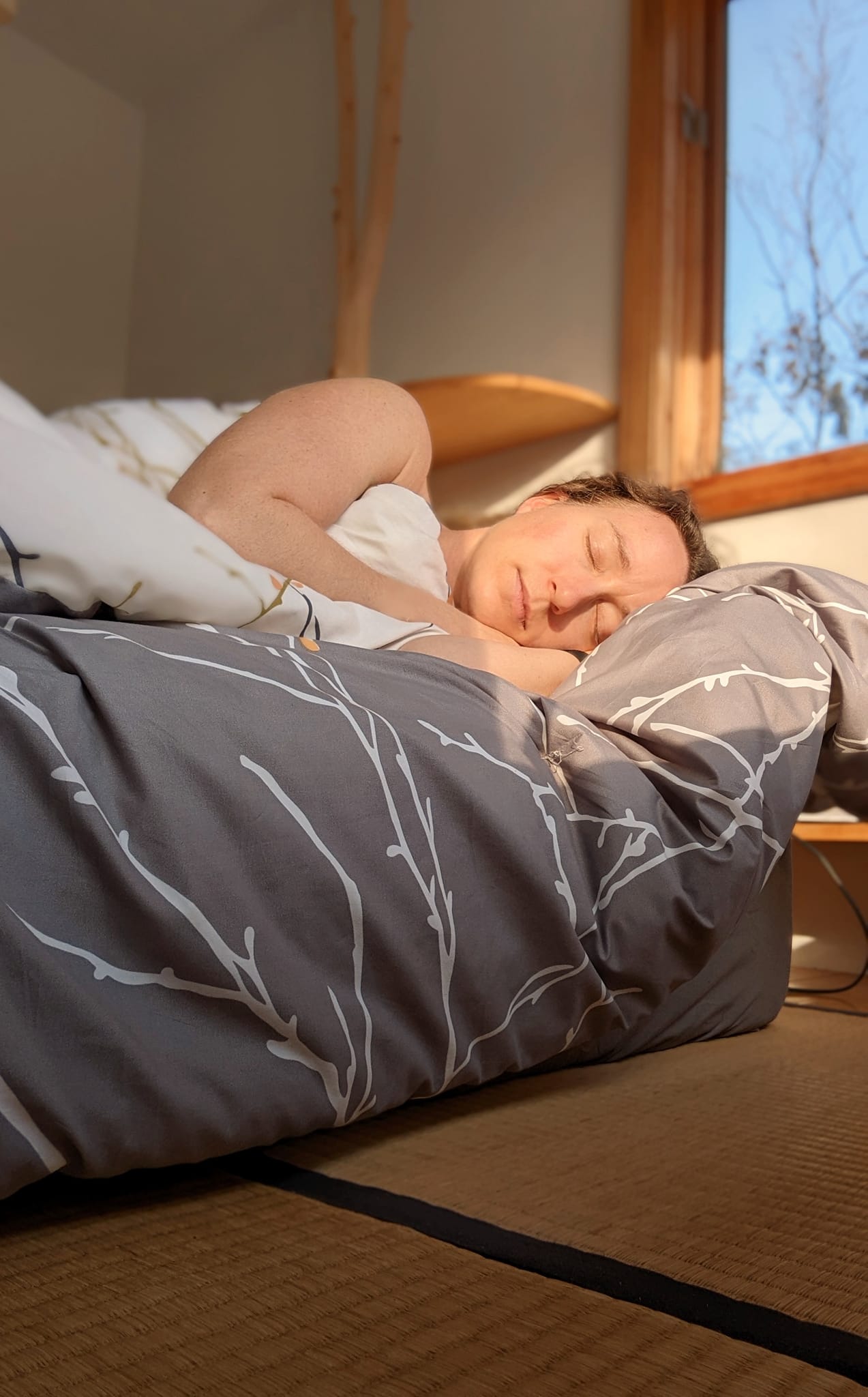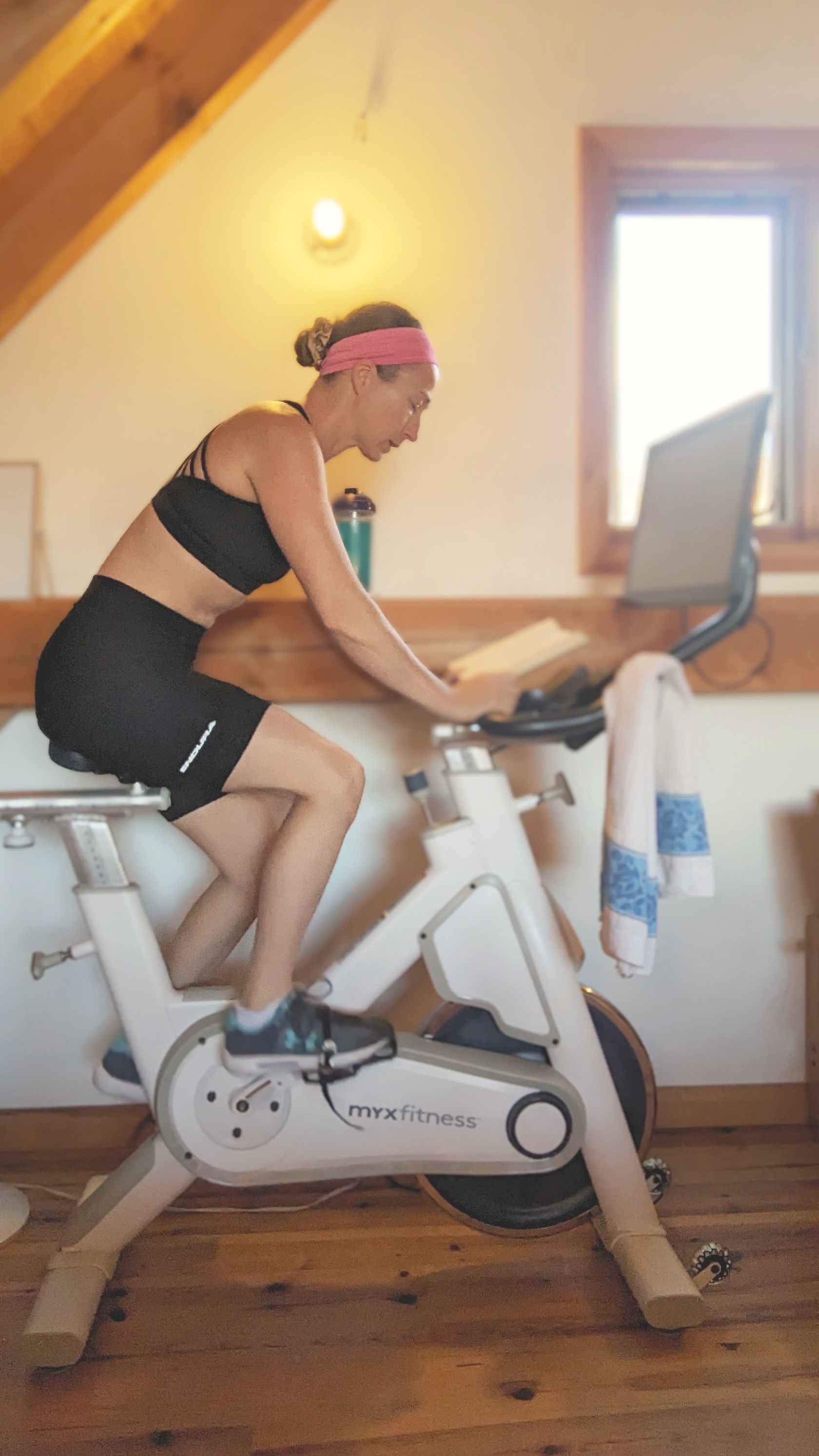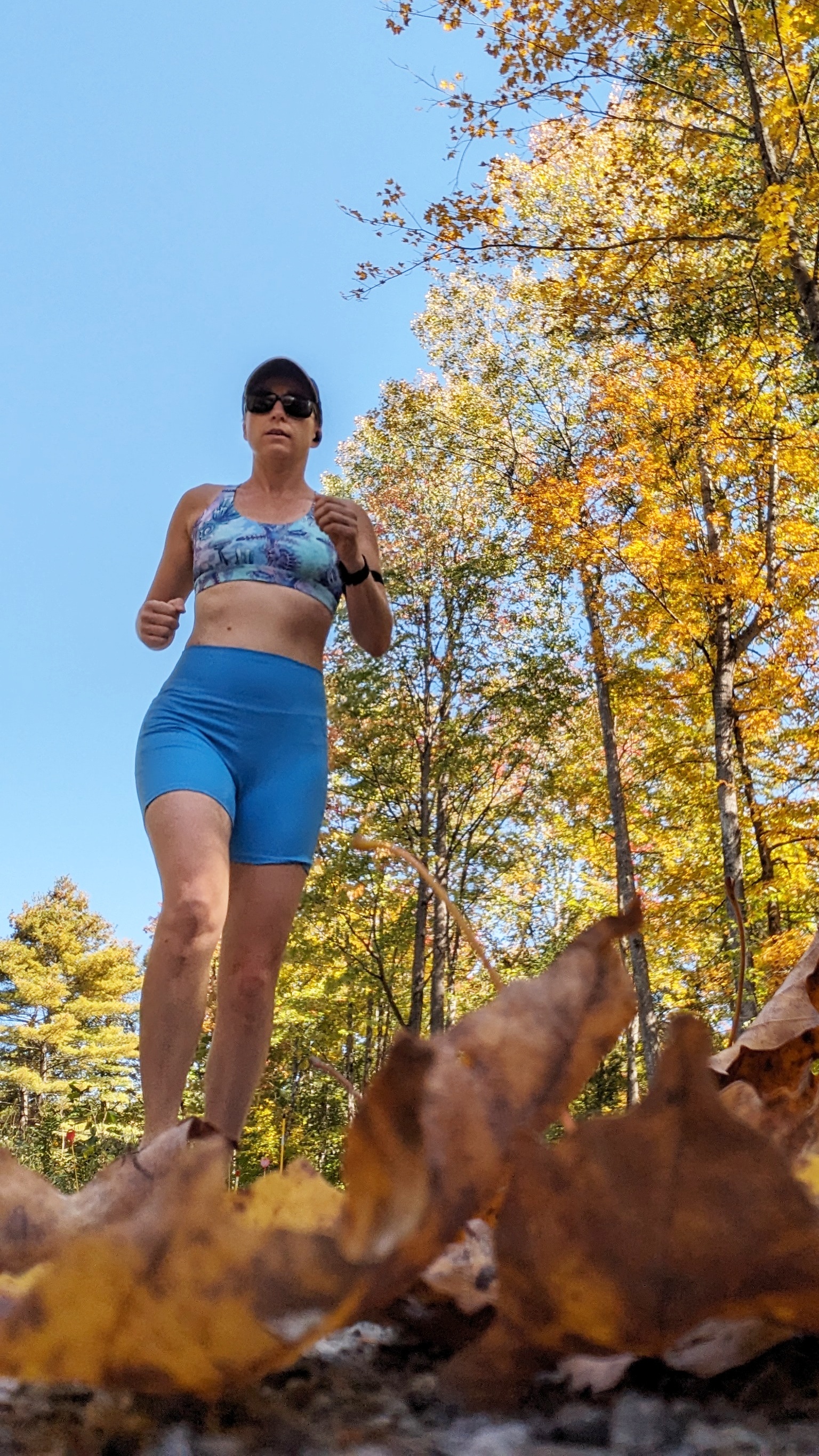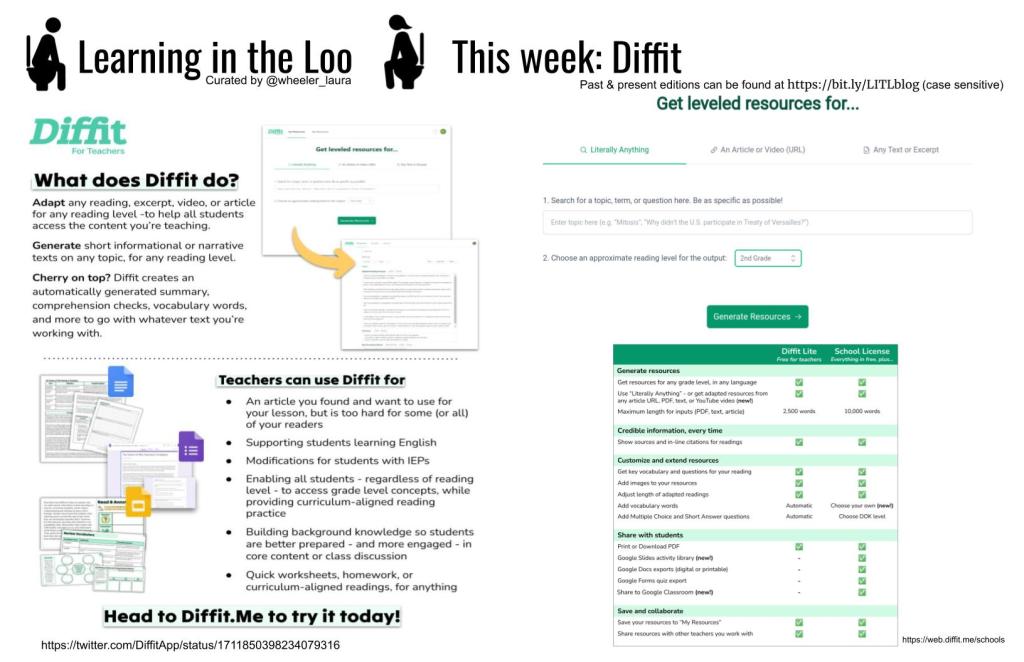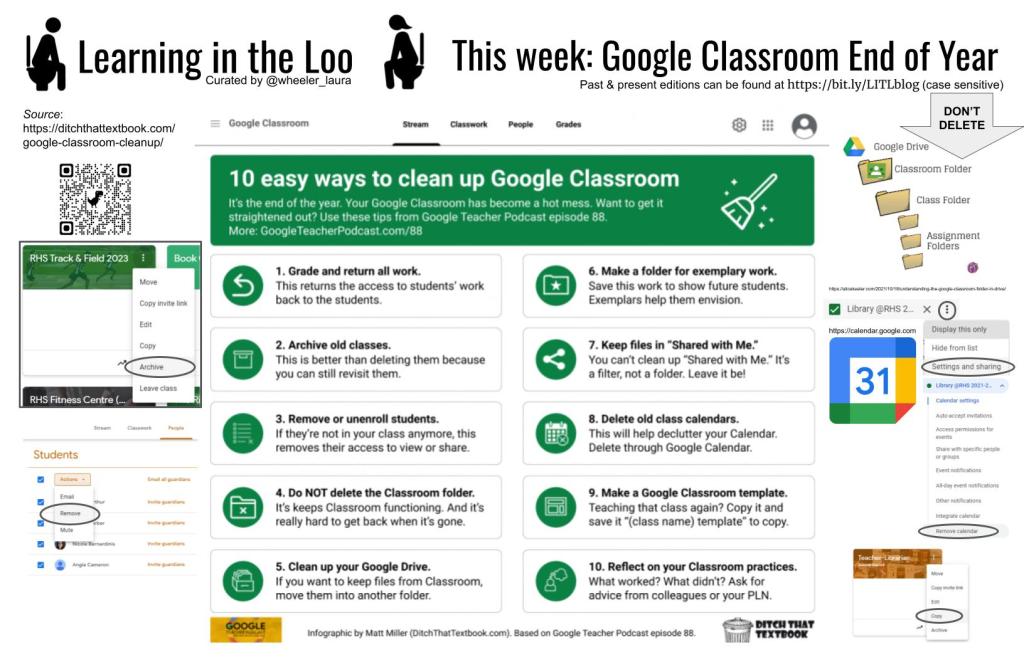I just finished listening to the audiobook version of How Do We Know Ourselves? Curiosities and Marvels of the Human Mind by David Myers, a sort of pop psychology overview. My biggest takeaway was about Gottman’s research on the “magic” ratio for successful relationships; that the balance of positive interactions to negative ones during conflict should be at a 5:1 ratio.

I started wondering about its applications in a school (or at least work) setting. So I did a little digging to look into it more & created this Learning In the Loo edition:

What Gottman’s research shows:
“The difference between happy and unhappy couples is the balance between positive and negative interactions during conflict. There is a very specific ratio that makes love last.
That “magic ratio” is 5 to 1. This means that for every negative interaction during conflict, a stable and happy marriage has five (or more) positive interactions.”
https://www.gottman.com/blog/the-magic-relationship-ratio-according-science/
“Outside of conflict discussions, successful couples had an even higher positive-to-negative ratio – 20:1.”
source: https://www.gottman.com/blog/the-magic-ratio-the-key-to-relationship-satisfaction/
But does it hold true outside of a romantic relationship?
“Research … looked at whether the Gottman ratio also applied to work relationships …The most important factor that differentiated the most and least successful teams was in fact the ratio of positive comments to negative comments the participants made to one another. The average ratio for the highest-performing teams was 5.6:1, positive to negative. The medium-performance teams averaged about 2:1, positive to negative. But the average for the low-performing teams was 1:3: These groups experienced almost three negative comments for each positive one.
The takeaway, for both leaders and peers, is simple: If you want to be part of a high-performing team, pay attention to how much praise and positivity you’re doling out. If your ratio is below 5:1, you may be damaging the effectiveness of your team.”
source: https://www.psychologytoday.com/ca/blog/curating-your-life/202206/the-gottman-ratio-happy-relationships-work
Consider: How might these ratios apply to the relationships we build with our students?
“What are some examples of interactions that could result in that negative emotional state?
Use of the Four Horsemen:
– Defensiveness,
– Criticism,
– Contempt,
– or Stonewalling
Lashing out at your partner when flooded instead of taking a time-out
Raising your voice during conflict
Neglecting to do something you told your partner you would do
Being invalidating
Rejecting bids for connection
Using a harsh start-up
Rejecting a repair attempt used by your partner
Not listening to your partner when they speak during conflict
Forgetting important milestones and events that are important to your partner”
“…here are some tips to have more positive interactions:
Share Appreciation
Show affection often
Be an active listener
Engage in acts of service
Show your partner you are thinking of them
Show validation
Have fun together
Respond positively to bids for connection
Practice empathy”
Source: https://www.gottman.com/blog/the-magic-ratio-the-key-to-relationship-satisfaction/
As always, all my past editions (including this one) of Learning in the Loo can be found here.
– Laura Wheeler (Teacher @ Ridgemont High School, OCDSB; Ottawa, ON)



